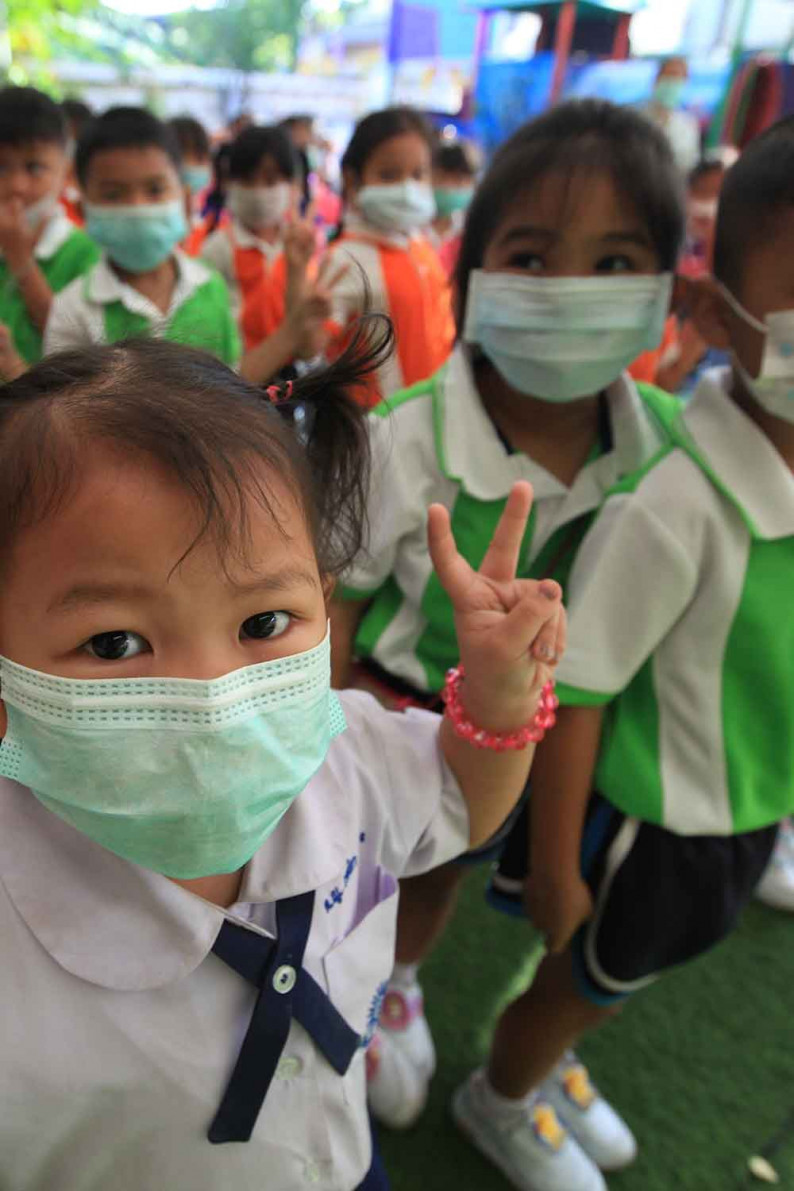
The Thai economy will grow next year after contracting by almost 10% this year. Next year, the Thai economy is expected to expand 3 to 4% from this year. It will not be until the end of 2022 before the Thai economy returns to its pre-Covid level of 2019. However, if there is another wave of Covid-19 in Thailand, or if effective vaccines are delayed, the recovery could be slower than anticipated.
The recovery is contingent upon a rebound in tourism and exports. Should large-scale vaccination become available by June 2021, large, advanced economies such as the US, EU, Japan and China, which will be first to receive the vaccines, could start to recover by the second half of next year. This would allow greater international tourism and exports for Thailand then.
The government expects inbound tourism to be at around 8 million by the second half of 2021, well below 40 million in 2019. The majority of tourists will be from China, while the remaining will be from Covid-free countries. Foreign tourism receipts will only return to their pre-Covid levels once the pandemic is over.
Thailand's exports to its major markets -- US, China, EU, and Japan -- will grow with the recovery of these markets. Exports of goods are likely to fall by 8% this year before expanding by 4-5% next year. Exports will only recover to their 2019 pre-Covid level in 2022. However, revenues from exports in baht terms will be below that of 2019 as the baht will remain strong at around 30 baht to the US dollar.
With the slowdown in exports and tourism so far, the incomes of local businesses and their employees have declined. Small and medium enterprises have been particularly affected as they do not have sufficient liquidity to outlast the economic downturn. SMEs employ over 90% of workers in the non-agriculture and non-public sectors, or 13 million of the Thai workforce. Work hours of the Thai labour force have so far this year declined by almost 10% compared to last year. Work hours should improve next year but will remain below that of 2019.
Farm incomes have also been affected by the pandemic. The latest TDRI research shows that more than half of farm household incomes are from non-farming activities such as remittances from their children and their off-farm season work in construction, restaurants, handicraft activities, etc. Incomes from these sources have fallen since the pandemic.
The fall in work hours and incomes has also affected domestic purchasing power and household debt. As of October, purchases of non-durable goods (beverages, food, tobacco, etc) have recovered to its pre-Covid levels but not of durable goods (automobiles, electrical appliance, clothing, etc). Domestic tourism spending remains half that of October last year. On the other hand, household debt has been rising faster than it had. In quarter two, household debt stood at 84% of GDP and is rising; this will limit spending in the future even when the pandemic is over.
The public sector remains the only key engine of the Thai economy. The government has ample resources to spend next year. Only 30% of the one-trillion-baht loan this year has been disbursed. Together with next year's budgets of the central government, local administration organisations, and state-owned enterprises, the public sector's resources add up to more than four trillion baht (around 25% of GDP). Public spending and investments will need to speed up next year to counter the negative impacts of the pandemic on SMEs and workers.
Oil prices, inflation, and interest rates will remain low. The price of oil is forecast to rise to close to US$50 (1,511 baht) per barrel next year, but remain well below the price of $65 per barrel in 2019. With low oil prices and a slow recovery of demand in the country, inflation will remain below 1% next year. Similarly, interest rates will be close to zero as world interest rates will remain near zero until 2022.
There are downside risks to the projections discussed above. The major risks to economic recovery include the effectiveness of vaccines and the potential additional waves of the pandemic in Thailand. The global trade environment, will be more unfavourable than during pre-Covid period as the trade and technology wars between US and China will continue, while many countries will become more protective of their domestic businesses during this economic downturn. This will affect the recovery of Thai exports.
While most businesses are yet to recover to their pre-Covid levels, there are businesses that have grown during the pandemic. They include digital and related business such as e-commerce, delivery and packaging services, IT solutions, cyber-security services, healthcare and hygiene products and insurance. Relocation of production capacity from China to Asean, especially to Vietnam and Thailand continues as firms diversify their risks out of China. Automotive and electronics industries are, for example, relocating production for markets outside of China to Thailand. Businesses that are related to public sector investments and activities will continue to grow next year as public spending expands.
Kirida Bhaopichitr, PhD, is Research Director for International Economics and Development Policy at the Thailand Development Research Institute. Policy analyses from the TDRI appear in the Bangkok Post on alternate Wednesdays.

